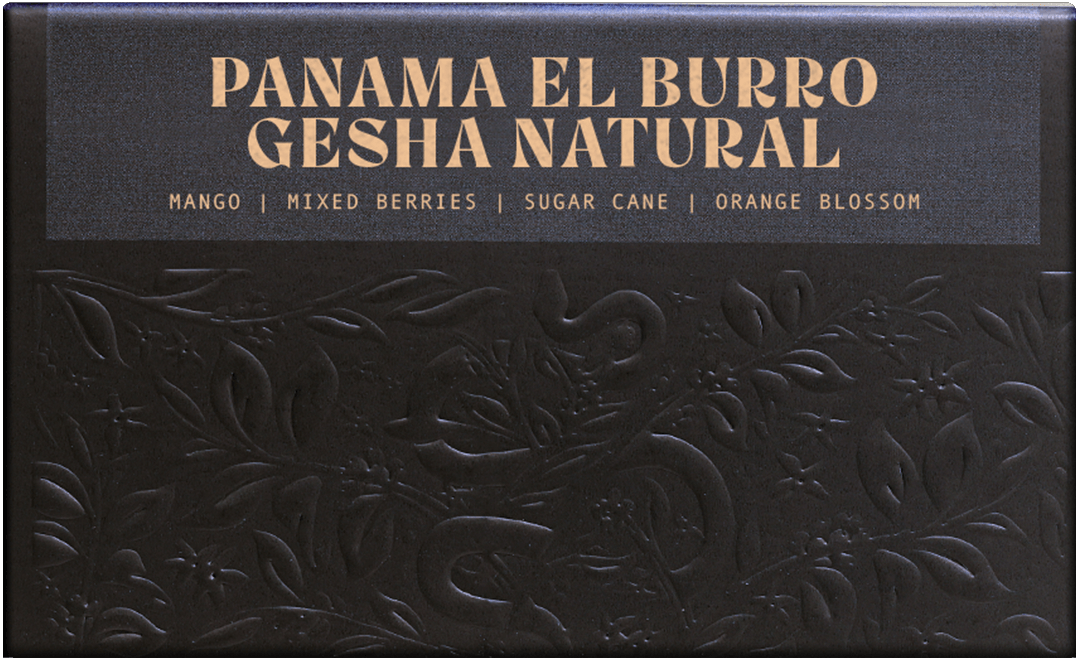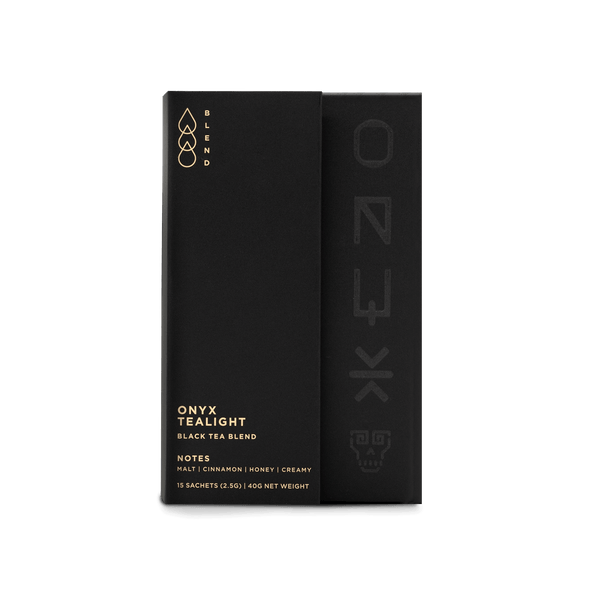Story
There are few legacies that loom larger over the specialty industry than the Lamastus Family. Year by year all the coffee news outlets report the record-breaking coffees that Wilford Lamastus Sr. and Wilford Lamastus Jr. produce. High up in the mountains of Boquete, Panama at the foot of the Baru Volcano, Lamastus Family Estates comprises two farms, Elida Estate and El Burro. Robert Lamastus first planted coffee here on Elida Estate in 1918, and since the family has established the legendary quality that this land can produce.
We had the pleasure of visiting Elida Estate in early 2019 and we were greeted by Wilford Lamastus Sr. as he showed us around their mill and lab complete with a stunning view of the mountains. Elida is host to a unique microclimate due to its high elevation and an incredible array of biodiversity. Cold nights combined with fog produce a long maturation rate of the plants, extending the ripening season sometimes up to a month. While they grow many varieties on each farm, the Lamastus family is world-famous for their Gesha variety. Much like other farms in the Boquete region, the Lamastus family were early adopters of this legendary variety. Since the early ’90s, Wilford Lamastus Sr. promoted this variety and pushed specialty coffee forward not only in Panama but the world. Lamastus was integral in establishing the Specialty Coffee Association of Panama, which unites producers and farmers alike. Over two decades he built upon the hard work of his family and elevated coffee from Panama into what it is today. Their coffee regularly scores above 90 points due to their expert processing and the terroir of the Elida Estate. In 2019 they won the Best of Panama auction and smashed the record for most expensive coffee ever sold at $1,029 per pound, catapulting them into world news and onto several covers of magazines. Wilford Lamastus Jr. said this about their win - “Since the days my father started pushing with his few colleagues the creation of the Specialty Coffee Association of Panama to 29 years later achieving the records and making Panama Geisha a global brand. Today, Elida won as the best coffee, but in reality, is about Panama because in the long run, people will remember the origin and variety and not individual producers.”
NATURALLY PROCESSED COFFEE
Natural coffees are beautiful… Okay, natural coffees are beautiful when done properly, but can be equally terrible when things go wrong. Natural processing, or dry processing, refers to the act of drying and fermenting coffee inside the cherry. Long before the age of portafilter tattoos and dual-boiler home espresso machines, coffee was picked and dried this way out of convenience. It is, to this day, still the most convenient and economically friendly way to process coffee cherries. (It’s estimated that dry-processing can use up to 90% less water than the washing process.) So why isn’t all coffee processed this way? Well, as coffee made its way across the world, it was commoditized and standardized, just like all other products spread by colonialism, but that’s a whole other story... Adding to the boom of washed processing, the natural process method can be tricky to get right, due to the delicate nature of fermentation and drying. What does all this have to do with the final cup? Well, when you leave the skin and fruit of the coffee cherry on the seed throughout fermentation and drying, that fruit begins to break down, imparting esters that influence delicate florals and big fruit notes into the seed that survive the roasting process. If it’s rushed or handled incorrectly, this fruit rot can lend off-flavors to the coffee, making the final cup “dirty” or “fermenty.”
How is this done? It starts at harvest, with the selective harvesting of ripe coffee cherries. Only the fully mature cherries are picked, as they have the highest sugar content and flavor potential. The harvested cherries are then sorted to remove any damaged or under ripe cherries. This ensures that only the best quality cherries are used in the primary fermentation. After sorting, the cherries are spread out in thin layers on large drying beds or patios to dry naturally under the sun. (or sometimes under shade) They are periodically raked and turned to ensure even drying. This step can take several weeks depending on weather conditions. As the cherries dry, they undergo a natural fermentation process. Enzymes present in the fruit interact with the sugars and other compounds, causing chemical reactions that impact the flavor profile of the coffee. This fermentation adds complexity and fruity flavors to the final cup. During the drying/ fermentation process, the cherries must be protected from rain, humidity, pests, and mold. Farmers often cover the cherries with tarps during the night or when there's a risk of adverse weather. The coffee cherries are dried until they reach an optimal moisture content of around 11-12%. At this point, the cherries have shrunk, and the outer skin and fruit can be easily removed to reveal the green coffee seed inside, which is ready for roasting after a short boat ride. Basically, that single cherry begins to slowly decay, and controlling that delicate action through advanced technique and metrics allow us, lucky folks, to drink wonderfully floral and fruity coffees.





